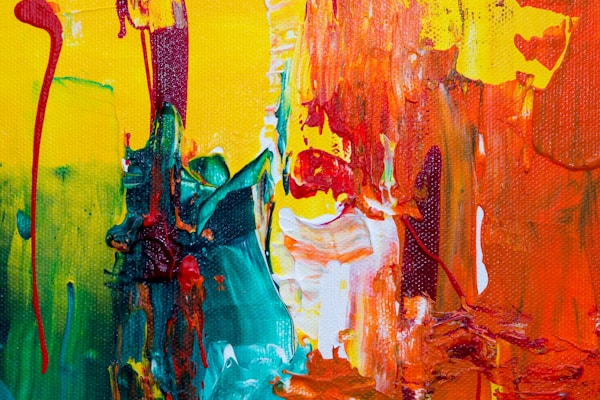Salvador Dalí’s artistic journey represents one of the most fascinating evolutions in modern art history. From his early academic training to his revolutionary surrealist masterpieces, Dalí’s vision continuously transformed while maintaining his distinctive voice.
Early Influences and Academic Training
Born in Figueres, Spain, in 1904, Dalí showed extraordinary artistic talent from an early age. His formal training at the Royal Academy of Fine Arts of San Fernando in Madrid exposed him to classical techniques that would later serve as the foundation for his surrealist innovations.
During this period, Dalí experimented with various artistic movements, including Impressionism, Pointillism, and Cubism. These early explorations were crucial in developing the technical mastery that would allow him to execute his later, more complex surrealist visions with precision.
The Surrealist Revolution
Dalí’s encounter with Freudian psychoanalysis in the 1920s marked a turning point in his artistic development. The concept of the unconscious mind and dream imagery became central to his work, leading to the creation of his famous “paranoiac-critical method.”
This method allowed Dalí to access and visualize his unconscious thoughts, resulting in paintings that depicted impossible realities with photographic precision. Works like “The Persistence of Memory” (1931) exemplify this approach, combining meticulous technical skill with surreal, dream-like imagery.
Legacy and Continued Influence
Today, Dalí’s influence extends far beyond the art world. His innovative approach to creativity, his understanding of the unconscious mind, and his ability to transform the impossible into the visible continue to inspire artists, designers, and thinkers across disciplines.
